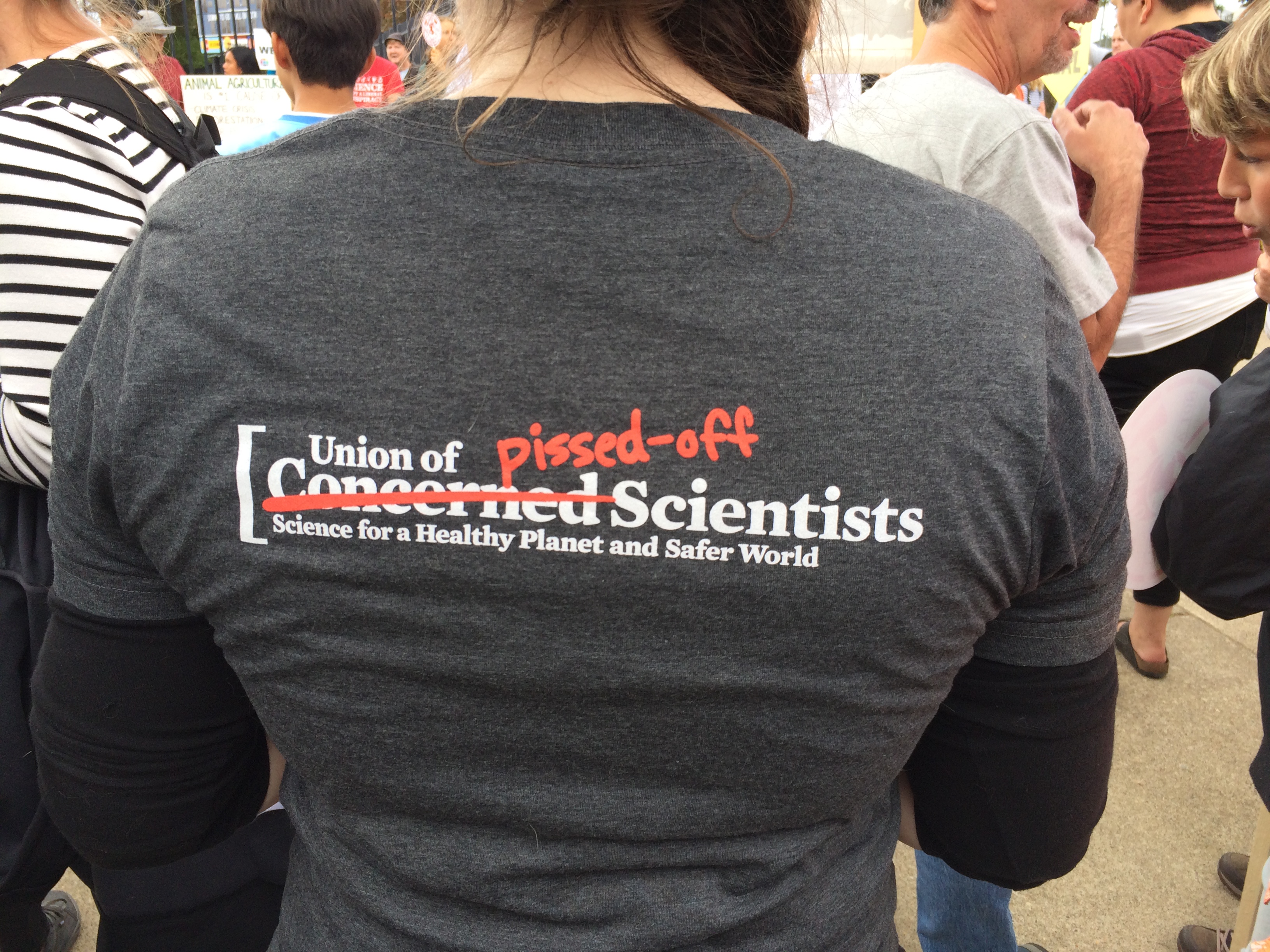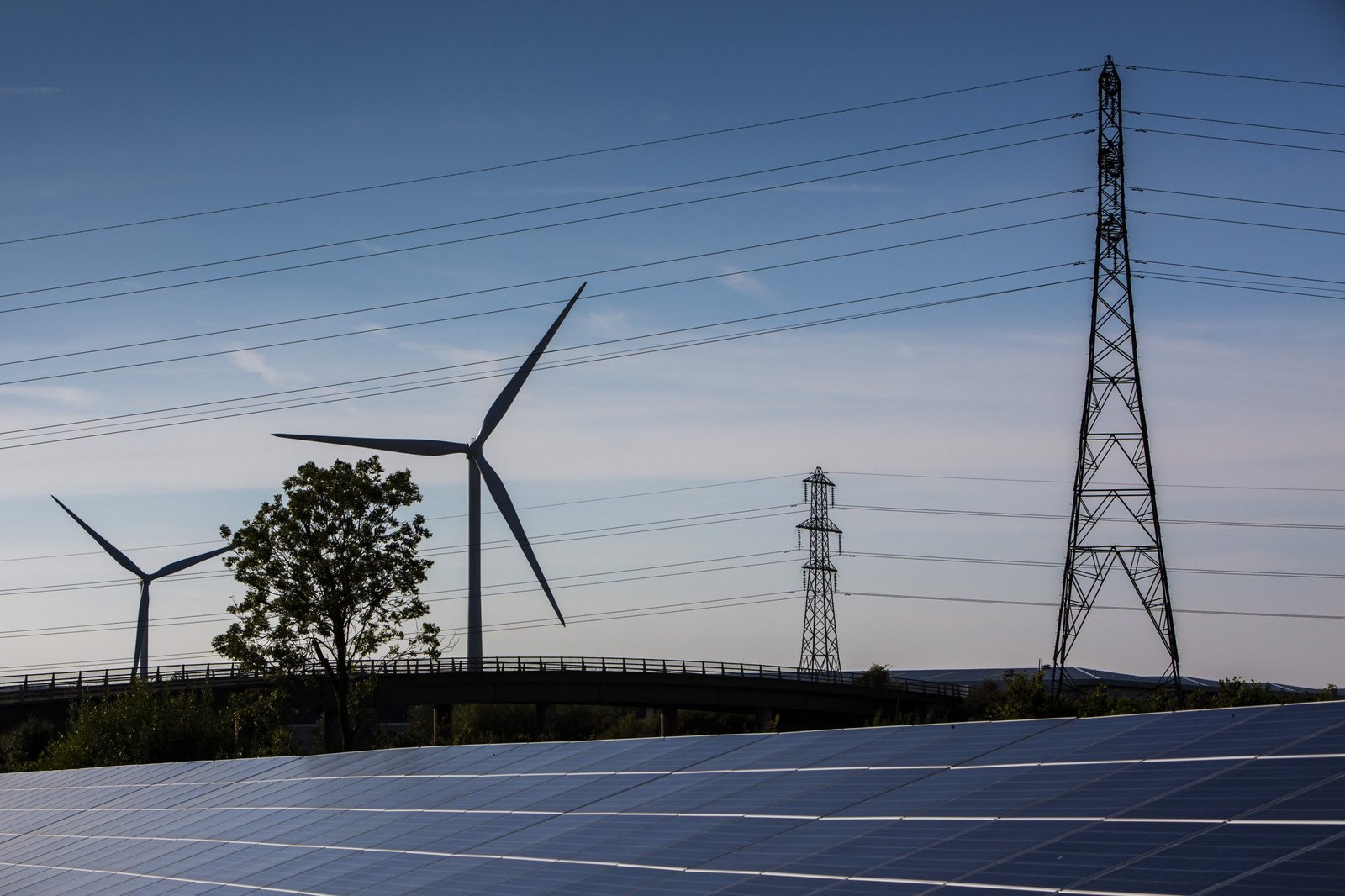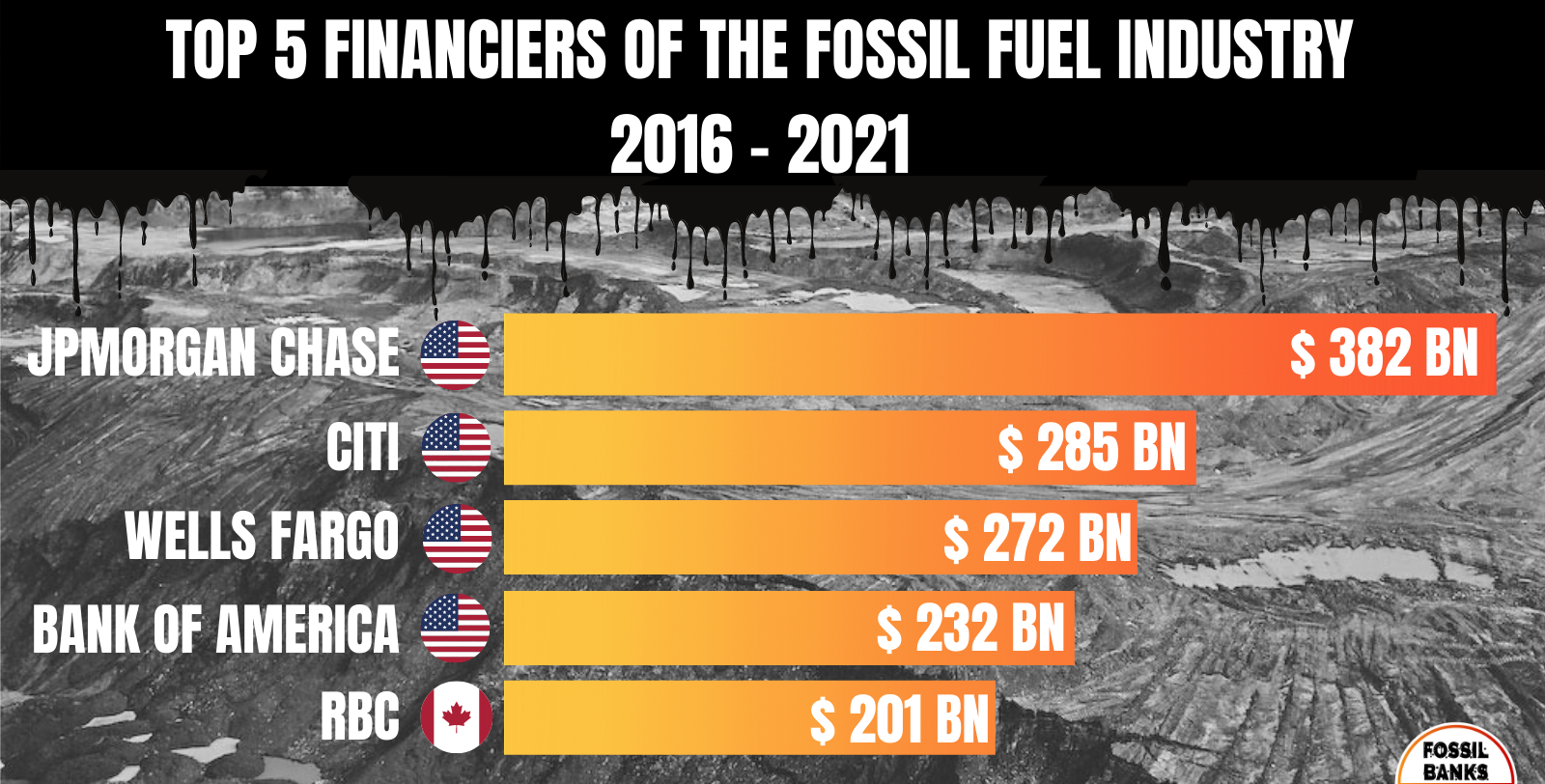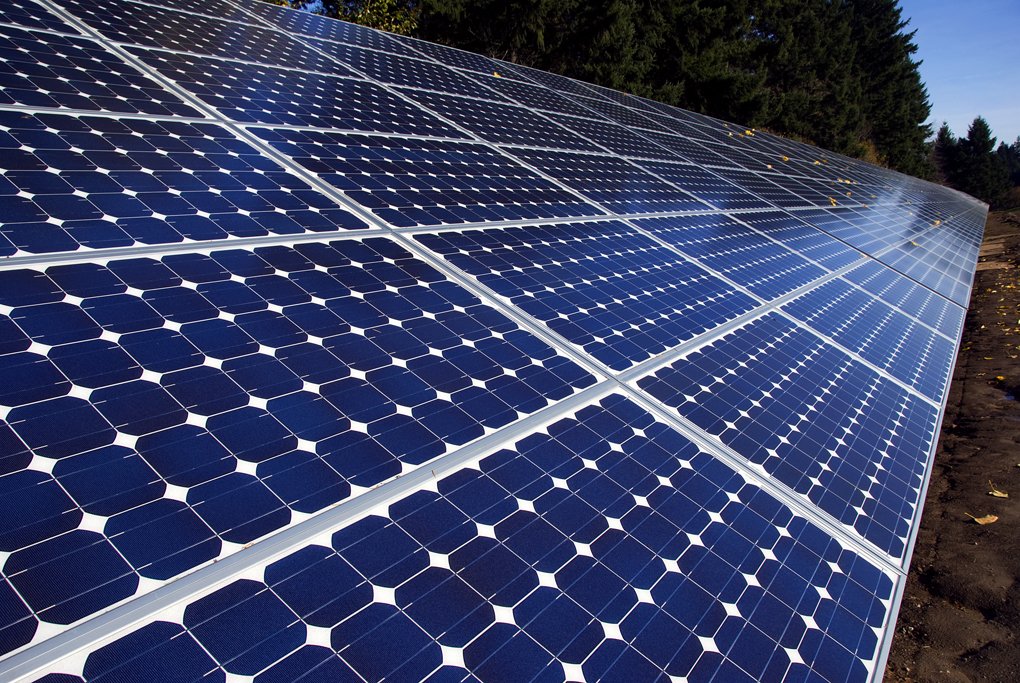Why you haven’t been hearing from me lately
My dear blog readers, I’m sorry I’ve been communicating so infrequently in recent months. I think I owe you an explanation.
It’s not that there is no climate news to share — haha, wouldn’t that be a nice change? It’s not because of any big drama in my life or at Power Up for Climate Solutions. I think a biggest reason I’ve been struggling to compose communications is the dramatic explosion in the quality and quantity of climate communicators, analysts, and activists in the 5 years since we founded Power Up for Climate Solutions. I find myself awed by many of the climate resources being produced today; I also feel uncertain about what I can add that’s unique and valuable.
This is a really great problem to have. Since 2018, we’ve seen a dramatic, heart-warming blossoming of the climate movement. Individuals and organizations have emerged, and they are doing great work and producing great content. New voices, organizations, podcasts, newsletters, and resources of all kinds are available, and established organizations like Natural Resources Defense Council and Union of Concerned Scientists are producing top notch climate analysis and actions as well. I’m incredibly happy about this, yet I find myself questioning what to post on this blog. So I thought I’d start something new: simply connecting you to my favorite people, resources and organizations.
I’ll start by recommending two:
“Talking Climate” is a weekly newsletter from climate scientist and communicator Dr. Kathrine Hayhoe. It began about 10 months ago, and all issues are accessible on LinkedIn; what I love about it is that each issue includes good news, bad news, and ideas for something you can do. It’s short enough to read in just a few minutes, and of course it’s free. You can find it and subscribe to it on LinkedIn.
Rewiring America is an organization founded to help America electrify everything. They have an extraordinary array of resources to help you learn about electrification and its crucial role in decarbonizing. They also have tons of tools to help you electrify your home and car, and reports on all aspects of electrification. Start by going to their Electrification Planner or use their IRA savings calculator to learn how much money you can get with the Inflation Reduction Act incentives. Or just go to their website and look around–it’s pretty impressive!
I hope you enjoy checking these out. Taking a little time each week or each month to learn about climate solutions is a great way to begin taking action. And if you have any favorite climate communicators or climate resources, please write back and tell me about them!
USE THIS BUTTON TO TAKE AN EASY CLIMATE ACTION!
The Union of Concerned Scientists (UCS) has been one of my favorite sources of accurate, useful climate information for many years. I recently discovered that they have a CLIMATE ACTION BUTTON that you can click on any time to take a simple climate action. I invite you to check it out right now:
THE CLIMATE ACTION BUTTONHere are a few of the reasons this is such a great thing to do: the actions UCS posts are updated frequently, and include actions that take only a minute as well as actions if you have a bit more time. Each action includes a brief explanation of why it matters. You can stay off of their mailing list if you wish simply by un-clicking the boxes at the bottom of the action. I hope you try it!
The mostly overlooked, truly remarkable thing to celebrate
Most Americans are in a dark mood right now. Majorities say they believe the country is in decline, and I get it. The headlines are awful, providing a steady stream of stories about crises and horrors and threats. I am careful to limit my exposure to news so I don’t become overwhelmed. And yet, something miraculous and truly hopeful is happening and mostly going un-noticed: We’re at the beginning of a turn-around in US climate action that a year ago was unimaginable.
What am I talking about? First, there was the unexpected passage of the Inflation Reduction Act in August 2022. The new law is filled with incentives for individuals, businesses, and states to build and use green energy technologies. Immediately after it’s passage, businesses began announcing plans for big investments in clean energy across the U.S. Car and battery makers, the solar and wind industries, states and individuals started changing their plans to take advantage of what’s in the new law, and the prospects for rapid decarbonization brightened pretty much overnight.
Then in late 2022, the Biden administration released rules aimed at cutting hydrofluorocarbons and methane, two extremely potent greenhouse gases. This news, though barely reported at all, indicated serious efforts are underway to get at two separate categories of potent emissions.
Then, just last month, the EPA proposed the strongest-ever emissions rules for cars and trucks. Transportation is the single largest source of carbon pollution in the U.S, and these rules, if adopted as drafted, will dramatically speed the transition to zero-emissions transportation. The proposed rules would ensure that two-thirds of new cars and one-fourth of new heavy trucks sold in the US would be all electric by 2032—nine years from now!
Finally, this month the EPA released proposed regulations for tackling emissions from power plants. Tackling power plant carbon pollution is critical for containing the climate crisis, because carbon-free electric power is a pre-requisite for eliminating pollution from buildings, vehicles, and industry.
The proposal gives the power industry time and multiple options for cutting their greenhouse gas emissions, and is designed to withstand inevitable legal challenges. A preliminary analysis found that the EPA’s proposal would help the US power sector achieve an 82% reduction in power sector carbon pollution by 2040.
Individually, each of these steps would represent progress. Taken together, they are remarkable. There are a million things to worry about, and many ways the new climate law and proposed rules could be weakened, blocked, or reversed. We have not yet stopped drilling or exporting fossil fuels, which is also a necessity. Yet it is miraculous that we now have a chance, if all goes really well, to become the first major emitter in the world to get on track to meet our Paris Climate Agreement commitment. Now we can focus on making that possibility a reality.
USE THE NEW CLIMATE LAW TO DECARBONIZE!
In August, 2022, President Biden signed the biggest climate law in U.S. history–the Inflation Reduction Act (IRA). Incentives in this law will make electrifying and decarbonizing your household a lot cheaper. REWIRING AMERICA has created a savings calculator which shows how you can use the new climate law to electrify, shift to clean energy, and make your home more energy-efficient. (This action will take less than 5 minutes!)
Use Savings Calculator to find your clean energy incentives!
USE CALCULATORWhy this action is important: The IRA’s provisions are aimed at speeding the U.S. clean energy transition, lowering household energy costs, saving lives, and creating good-paying jobs. The incentives are available through a variety of pathways, with some immediately accessible, and some coming on line as regulations are written and states set up implementation. You are or will soon be eligible for incentives for such products as solar panels, electric vehicles, battery back-up power, electric appliances, energy-saving products, and more. Some incentives benefit renters, some focus on lower income households, and some are available now. To use the incentives, which have been designed to save you money, lower your carbon footprint, and improve your health and comfort, you have to know about them!
Better late than never! My thoughts on the Inflation Reduction Act
Ever since August 16th, when President Biden signed the biggest climate bill in U.S. history into law, I’ve been considering what to say. So let me start with this: I’m amazed, grateful, and relieved. Why did it take me so long to post this? I was so stunned by this bill’s unlikely passage, and by how much major climate policy is contained in it, that it took me some time to digest this turn of events. I’ve spent ten years working for the passage of a national climate law of this scope and scale. I needed a moment to absorb this success, however imperfect. Then there’s the challenge of trying to summarize this bill–all 273 pages of it. How do I write something that does this moment justice?
You may know that I had given up. I wrote on this blog in January that “the odds of major climate policy being enacted by Congress in 2022 appear minuscule.” It feels like a miracle that the climate policies in this law somehow came back from the dead, like Wesley in the Princess Bride. (The climate provisions of the Inflation Reduction Act (IRA), crafted through years of collaboration, planning, persuasion, and compromise, were declared dead earlier this summer when Senator Manchin said he would not support them.)
Much has been written about how this bill was resurrected, and the concessions that were made. The fact remains that the IRA contains the largest and most consequential measures–by far–to reduce U.S. climate pollution in our country’s history. I am grateful to every person who worked for climate action, went to meetings, lobbied, protested, contacted their elected officials; each of us contributed to the passage of this law. I believe it marks the beginning of serious climate action by the U.S. government.
I’m guessing you may not realize the size of this win for the climate. I think we in the climate movement are so inexperienced with success that we don’t know how to respond when we make real progress. I know some climate activists are disappointed or angry at the concessions that were made, and I understand. But if you’re alarmed about the climate crisis, I suggest you take a moment to savor the potentially transformative impacts of this law.
Robinson Meyer writing for The Atlantic put it this way:
“On Tuesday, President Joe Biden signed the Inflation Reduction Act into law. It is no exaggeration to say that his signature immediately severed the history of climate change in America into two eras. Before the IRA, climate campaigners spent decades trying and failing to get a climate bill through the Senate. After it, the federal government will spend $374 billion on clean energy and climate resilience over the next 10 years. The bill is estimated to reduce the country’s greenhouse-gas emissions by about 40 percent below their all-time high, getting the country two-thirds of the way to meeting its 2030 goal under the Paris Agreement.”
I won’t try to provide all the details of the law–there are just too many. A few of the highest impact climate incentives in the law include:
–Extension of production and investment tax credits for clean electricity projects for 10 years
–Tax credits and incentives for EV purchases, including used EVs
–Tax credits for installing heat pumps, rebates for home retrofits, and financing for electrification of buildings
Other provisions include a fee for methane leakage, tax credits for carbon sequestration, and funding for environmental justice for disadvantaged communities, a green bank, climate-friendly agriculture, forestry, and conservation programs.
If you want to dig deeper into all that the IRA does, I have several suggested sources. Energy expert Dana Nuccitelli summarizes how the law’s provisions are expected to produce emissions reductions in Yale Climate Connections. The New York Times provides a good overview of the law’s provisions and impacts as well. If you prefer videos, Hank Green does a great job summarizing what the law does in this 22 minute YouTube “The Biggest Climate Bill of Your Life – But What Does it DO!?
Climate experts agree this law will matter, but the size of it’s impact will depend on how it’s enacted, and how people and businesses respond. I’m excited to say that I’ve created a page on our website and have begun gathering resources and information there on how the IRA can be leveraged to decarbonize your home, car, community, and state. The page will continue to expand for you to use and share.
Meanwhile, I hope you are taking a moment to celebrate, as I am. Next I’ll begin exploring what provisions in the law can help you contribute to a healthier, safer, more just and livable future.
The magic of talking
I’m going to suggest you do something that it took me years to do myself: talk about the climate crisis. If it’s something you care about, if it’s on your mind, if you are taking action, if you are worried about the future or excited about some new climate initiative, bring it up. Dr. Katherine Hayhoe, one of the world’s top climate scientists, says talking about it is the most important thing you can do to fight climate change, and I agree. But it can be hard to get started, so I’m going to lay out her argument here to inspire you, and suggest that you might be surprised how people respond (in a good way).
The first time I spoke up to a stranger about my climate work, I remember exactly where I was, and that I’d been doing climate advocacy for many years by then. I’m conflict avoidant, and I think I was afraid of eliciting a negative reaction. And I’m not alone: according to the most recent polling data from the Yale Climate Communication program, global warming is important to 71% of Americans, yet 61% say they rarely or never talk about it!
It’s vital that we speak up. In her new book Saving Us, Dr. Hayhoe asks, “What do we talk about? Things we care about…(our speech) displays what we are thinking about to others, which in turn connects us to their minds and thoughts. So if we don’t talk about climate change, why would anyone around us know we care—or begin to care themselves if they don’t already? And if they don’t care, why would they act?”
Speaking about climate signals to those in our communities that climate change matters, and this has incredible ripple effects. Conversely, studies have shown that self-silencing on climate leads us to consistently underestimate how much others care about climate change, and the more we underestimate other people’s climate worries, the more hopeless we feel. Speaking up breaks this cycle, empowering us to feel we can make a difference because we are not alone.
Another way to understand the power of talking about climate change is to remember that we are social creatures, influenced in a million large and small ways by our friends, families, and communities. Each time you talk about caring and acting on climate, you are sending a signal that encourages others in your social network to care and act. For example, someone is more likely to install solar panels on their home if others in their neighborhood have already installed them. This isn’t just because the panels are visible, it’s also because neighbors talk to each other about why they went solar, the installation process, and the benefits.
How do you start, and what might you say? Dr. Hayhoe suggests simply sharing personal stories about your concerns, experiences, and actions. She says, “What do people pay attention to most? In general, we tend to favor personal stories and experiences over reams of data or facts. In fact, when you hear a story, neuroscientists have found, your brain waves start to synchronize with those of the storyteller. Your emotions follow. And that’s how change happens.”
For my part, I believe that any kind of talking is a good start. Things I’ve recently been chatting about include the electric barbecue we just got because we are working on electrifying our home, my worries about the coming fire season, and the Banking on our Future Pledge I signed to support banks that do not invest in fossil fuel expansion.
One reason we self-silence about global warming is that we are afraid of a negative reaction. In my experience, this fear is largely unfounded. As long as I avoid preaching and instead talk about my own concerns or actions, people react positively. Often, they seem to feel heartened that they are not alone in their climate worries. The first time I spoke up to someone I barely knew about my climate advocacy work, she looked back at me and said, good for you! At the time I felt liberated to finally be open. Now I look back on that moment and imagine that I may have played a small part in nudging her toward becoming more engaged in climate action. It certainly didn’t hurt.
BANKING ON OUR FUTURE!
Four big banks–Bank of America, Chase, Citibank, and Wells Fargo–are helping finance the climate crisis by supporting new oil, gas and coal projects. But these banks rely on their credit card and banking customers like you to stay in business. By signing the Banking on our Future pledge, you’re urging these banks to stop funding climate chaos, otherwise you will stop banking with them. If you have a credit card with one of these banks, you will cut it up. If you don’t bank there now, you pledge you won’t do so in the future.
TAKE THE PLEDGE!Why this action is so important: In 2021, the International Energy Agency stated that in order to meet the Paris climate targets there can be no new investments in oil, gas, or coal, starting immediately. Yet since the climate accords were signed, Chase, Citi, Wells Fargo and Bank of America have loaned the fossil fuel industry a trillion dollars with no plans to stop. We, as their customers, have the ability to convince them to do the right thing for all our our futures.
Once you’ve signed the pledge, here are two next steps you can take to amplify the impact of this action:
First, If you do have a credit card with Chase, Citicard, Bank of America, or Wells Fargo, apply for a new credit card with a better bank now. Once you have a new card, you’ll be able to switch cards and cancel your card with these climate outlaw banks. To find a good option, use Green America’s list of credit cards issued from banks that don’t lend to fossil fuel companies. Both Beneficial State Bank and Amalgamated Bank offer climate-friendly credit cards with no annual fee.
If you’d like to do more, please share the Banking on our Future pledge with your network! Third Act has a Banking on our Future Page with all the resources you need to learn about the action and share with others.
TAKE THE PLEDGE!Additional Resources:
To learn more about this action, watch a 3-minute video from THIRD ACT: Banking on Our Future
An overview of the connection between financial institutions and the climate crisis, from the New Yorker
Bank.green, a tool allowing you to check your bank’s fossil fuel financing record.
Green America’s List of fossil fuel-free credit cards.
MAKE A PLAN TO ELECTRIFY!
Perhaps the most high-impact personal climate action you can take is to begin electrifying the machines that you use every day. Climate experts agree that every path to preserving a livable future and restoring safe climate requires us to electrify everything we can as soon as we can. You can help!
Decide today that the next time one of the gas-powered machines in your life needs replacing, you will switch to an electric version.
One year after the passage of the Inflation Reduction Act, we are seeing many signs of progress, and have a clearer picture of what what we need to do next. Rewiring America’s PACE OF PROGRESS report examines the state of clean energy and electrification today and how much we need to pick up the pace of electrifying. This report can help you get inspired and commit to your next step to electrify!
TAKE ACTION: Read Rewiring America’s #Pace of Progress report. One year in, how are we doing on electrifying our homes and cars, and installing solar panels on our roofs?
PACE OF PROGRESS REPORT!Cars, stoves, water heaters, air conditioners, washers and dryers, and even gas barbecues all have efficient, reliable, and increasingly affordable electric options. Provisions in the IRA are designed to make all these electric machines cheaper to purchase. You can decide today that the next time one of the gas-powered machines in your life needs replacing, you will switch to an electric version.
Electric motors are more efficient than fossil fuel-fed motors, and emit no pollutants when in use. Forty percent of U.S. electricity already comes from carbon-free sources, and this percentage is growing rapidly each year. Make a commitment to electrify something. From a single-burner induction cooktop to a heat pump water heater to an EV, each machine that goes electric helps speed the clean energy transition.
If you have more time, find your incentives with the Inflation Reduction Act Savings Calculator! Plug in your zip code, household size and income, and a few other details and this tool shows you all the money you can get from the Inflation Reduction Act to electrify, increase energy efficiency, and decarbonize.
IRA SAVINGS CALCULATORHere are four additional resources to learn more about the Inflation Reduction Act and the vital role of electrification in climate action:
The Electric Explainer: Key programs programs in the Inflation Reduction Act and what they mean for Americans, Rewriting America Policy Hub
The Biggest Climate Bill of your Life – But What does it DO!? 22-minute video from Hank Green (it’s long but it’s the best and most entertaining explanation of the new climate bill I’ve seen!)
Most fossil fuel energy is wasted–New analysis shows how to fix this! Power Up for Climate Solutions blog, August 28, 2020
One Billion Machines that will Electrify America 12-minute video from Saul Griffith
EMAIL FOR CLIMATE ACTION TODAY!
Citizens’ Climate Lobby (CCL) has an easy-to-use tool you can use to email your Congressional Representatives to urge them to act on climate. Unlike many other groups, CCL allows you to opt-out of getting on their mailing list, so you can take this action without increasing your email burden!
Use the link below to contact your Congressperson and Senators and urge them to pass additional bold climate policies that will open a path toward meeting our commitment under the Paris Climate Accords.
TAKE ACTIONFollow the easy instructions to email your elected officials! An email will be provided which you can send as is or personalize for even greater effectiveness. The more voters they hear from, the more likely it is that Congress will pass climate policies that truly meet the moment.
Many powerful interests are fighting to weaken and derail these efforts. YOU can help by letting Congress know you want them to pass sweeping, bold action tackling the climate crisis!
Guest Blog: What each of us can do about climate change
Most people are aware that climate has changed around the world. Fires in Greece, California, and Siberia; flooding in Belgium, China, Germany; and record-breaking temperatures in too many places to name.
The cause of all this: added gases to the atmosphere (called “greenhouse gases”) that hold heat close to the surface. Two of the worst are carbon dioxide from burning fuels, and methane, also called natural gas.
The U.N.’s Intergovernmental Panel on the Climate Crisis announced a “Code Red for Humanity” August 9, saying we have very little time to make changes to reduce the gases we keep adding to the air. I now always wear a red shirt to meetings, as a sign of the climate emergency we face.
We are in for a world of hurt. Global warming will worsen the problems of hunger, homelessness, education, immigration, mental illness, racial equity, social justice, and every other problem in society.
Meanwhile ad campaigns have promoted the idea that cutting fossil fuel use to reduce greenhouse gases means that we will suffer, lose jobs, hurt the economy, and be unable to live life as we wish. This is false: we will suffer much more if we do not create large-scale change. The actions below are all important, but require no change in your daily life.
What can we do? I want to suggest three actions for every one of us:
First, we must talk everywhere about the need to act on climate change. Although most people favor action, fewer than a third of Georgians had a conversation about climate last week. So please, make it a point to discuss it with someone every day. Call up a friend or relative. Post something on social media. Bring it up when you’re standing in line. Don’t be silent.
Second, we must share our concern with elected officials. Again, talk about it with these public servants. Write a letter or email. Call their office. Tweet about it, or retweet others. A state legislator once told me, “If three people in my District call me about the same issue, that becomes my issue.” When they don’t hear from us, they only hear from lobbyists.
Finally, we must join a larger group to take action together. Although we all benefit by reducing fossil fuel use in our daily lives, the actions of corporations and governments that employ millions have a larger impact on overall carbon emissions. We must all work together to influence their decision makers. I volunteer with Citizens’ Climate Lobby (cclusa.org) and can recommend it. Other climate groups include 350.org, the Sunrise Movement, Fridays for the Future, Extinction Rebellion, and Climate Reality. You can even join multiple groups!
Many many actions can help us reduce our emissions. Go to drawdownga.org for a list of 20 different ways Georgia can cut greenhouse gas emissions in half in just ten years, including building improvements and large-scale solar projects. Every step can help, but think as large as you can.
I want to close about the need for immediate action. What’s at stake is not nature, but people. Remember, this is Code Red for humanity.
A CCL member recently wrote, “If there are children in a burning building and I have the ability to save some of them, I have a responsibility to save as many as I can.”
Please join me in action.
Henry Slack is the Citizens’ Climate Lobby co-coordinator for Georgia, and a mechanical engineer. He originally wrote this for the Atlanta Friends Meeting (Quaker), then adopted it for a wider audience.
Note from Carla Wise: This essay expresses what I have been feeling and wanting to say more perfectly than I’ve been able to put into words. I’m grateful to Henry for giving me permission to re-post it here. Below are several links to climate actions and organizations to join in addition to Henry’s Georgia-specific links. Right now, the most urgent action you can take is to tell your Members of Congress to act now. You can use the easy #Call4Climate tool to do so!
Great organizations to support:










